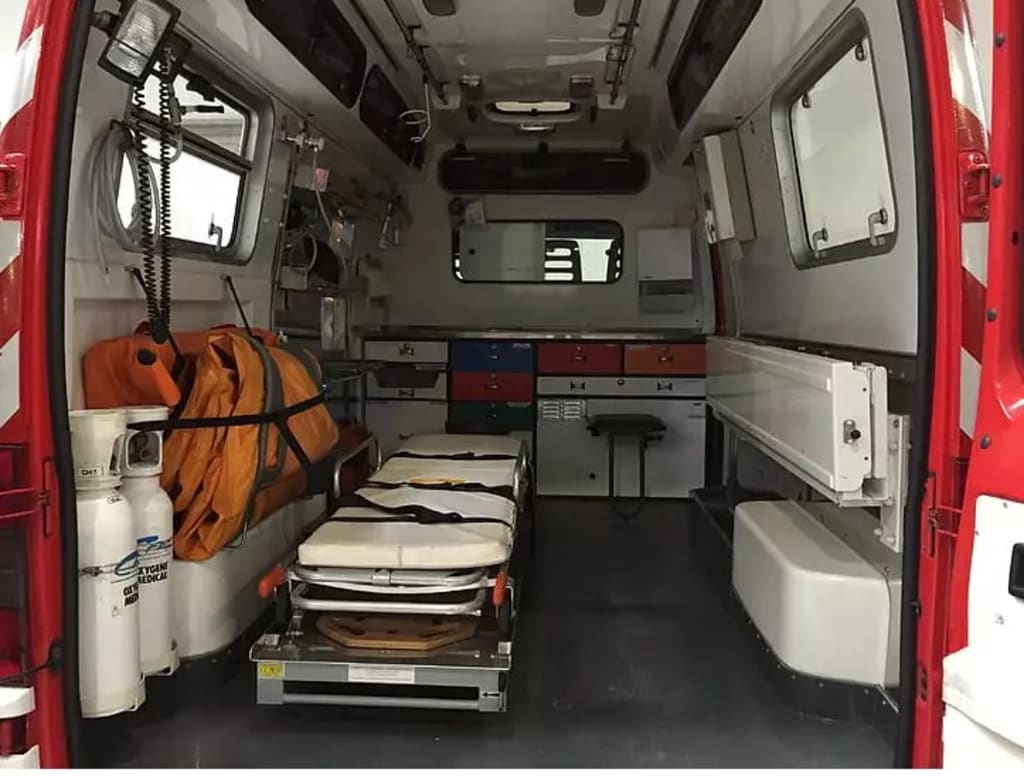Non-Emergency Transport Services: Safe and Comfortable Transportation
Safe and Comfortable Transportation

Non-emergency transport services have become an increasingly important part of the healthcare industry. These services provide safe and comfortable transportation for patients who require medical attention but do not require emergency care. Non-emergency transport services are an essential service for those who are unable to transport themselves to medical appointments and treatments.
In this article, we will explore the various aspects of non-emergency transport services, including what they are, the types of patients who use them, and the benefits they provide.
What are Non-Emergency Transport Services?
Non-emergency transport services are a type of transportation that provides assistance and support to patients who are unable to transport themselves to medical appointments or treatments. These services can range from basic transportation to more specialized services that include medical equipment and personnel.
The goal of non-emergency transport services is to ensure that patients can receive the medical care they need without any hindrance. Patients who require non-emergency transport services typically have chronic conditions, disabilities, or injuries that make it difficult for them to travel independently.
Types of Non-Emergency Transport Services
There are several types of non-emergency transport services that cater to different patient needs. These include:
Wheelchair transportation — This type of non-emergency transport service is designed for patients who use wheelchairs or mobility aids. The vehicles used for this service are specially equipped to accommodate wheelchairs and have trained personnel who can assist with boarding and disembarking.
Stretcher transportation — Stretcher transportation is designed for patients who require a flat surface during transportation. This type of service is commonly used for patients who have undergone surgery or require ongoing medical treatment.
Basic transportation — Basic transportation services are for patients who do not require any medical assistance during transport. This type of service is ideal for patients who need to attend routine medical appointments, such as check-ups or physical therapy.
Bariatric transportation — Bariatric transportation services are designed for patients who are obese and require specialized equipment for transportation. These services provide the necessary equipment, including wider wheelchairs and stretchers, to transport patients safely and comfortably.
Ambulatory transportation — Ambulatory transportation is designed for patients who can walk independently but require assistance during transportation. These services provide trained personnel who can assist patients with boarding and disembarking from the vehicle.
Benefits of Non-Emergency Transport Services
Non-emergency transport services provide several benefits to patients, including:
Safe and comfortable transportation — Non-emergency transport services are designed to ensure that patients receive safe and comfortable transportation to medical appointments and treatments. Patients can travel with peace of mind knowing that they are in safe hands and will arrive at their destination on time.
Access to medical care — Non-emergency transport services provide patients with access to medical care that they might not have been able to access otherwise. Patients who require regular medical appointments or treatments can rely on these services to ensure that they receive the care they need.
Professional and trained personnel — Non-emergency transport services provide trained personnel who are equipped to handle various medical needs during transportation. Patients can rely on this personnelto provide the necessary support and assistance during transport.
Cost-effective — Non-emergency transport services are cost-effective compared to emergency transport services. Patients who require non-emergency transport services can save money on transportation costs and medical expenses by using these services.
Convenient — Non-emergency transport services are convenient for patients who are unable to transport themselves to medical appointments or treatments. Patients can schedule appointments and treatments without having to worry about transportation logistics.
Challenges of Non-Emergency Transport Services
While non-emergency transport services provide many benefits, they also come with their own set of challenges. Some of the most significant challenges of these services include:
Insurance Coverage: Many insurance plans do not cover non-emergency transport services, which can make it difficult for patients to access these services. This can create financial barriers for patients who need assistance with transportation.
Staffing and Training: Non-emergency transport services require trained staff who are equipped to handle the needs of patients. This can be a challenge for some organizations, as finding and retaining trained staff can be difficult.
Coordination and Scheduling: Non-emergency transport services require coordination and scheduling to ensure that patients arrive at their appointments on time. This can be a challenge for organizations that provide these services, as they must ensure that the transportation is scheduled efficiently and effectively.
Safety and Liability: Non-emergency transport services must be safe and reliable, and organizations that provide these services must take steps to ensure that they are not held liable for any accidents or injuries that may occur during transportation.
Conclusion
Non-emergency transport services are an essential part of the healthcare industry, providing patients with improved access to healthcare, reduced hospital readmissions, and cost-effective transportation. These services can also provide patients with comfort and convenience, making it easier for them to attend medical appointments and procedures. However, non-emergency transport services come with their own set of challenges, including insurance coverage, staffing and training, coordination and scheduling, and safety and liability.





Comments
There are no comments for this story
Be the first to respond and start the conversation.